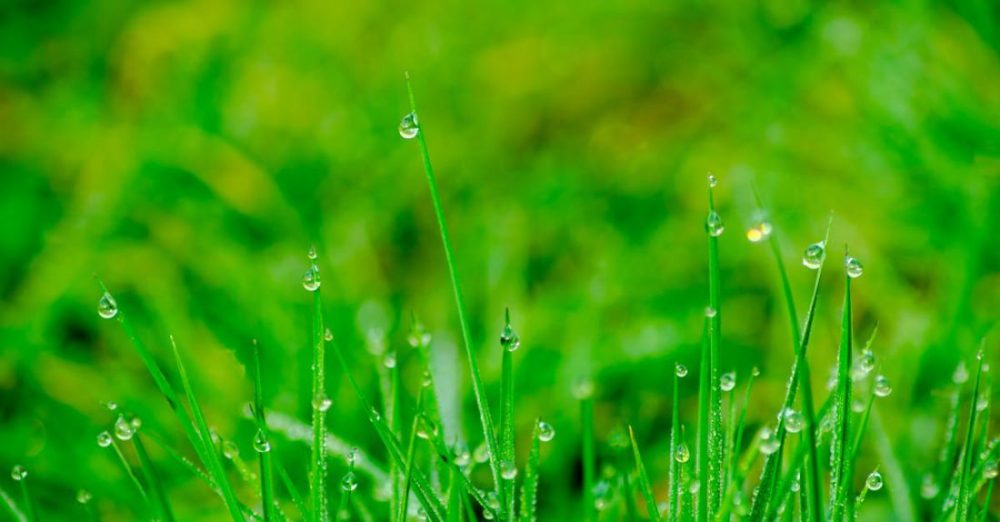
Rain gardens are a practical and environmentally friendly way to manage stormwater runoff. These gardens are designed to capture, absorb, and filter rainwater, offering a range of benefits for both the environment and property owners. By incorporating native plants and strategic design elements, rain gardens can help mitigate flooding, reduce pollution, and support local wildlife. Let’s explore the various advantages of rain gardens in more detail.
Enhanced Stormwater Management
Rain gardens play a crucial role in managing stormwater by capturing rainwater and allowing it to slowly infiltrate into the ground. This process helps to reduce the volume of runoff that flows into storm drains, creeks, and rivers, ultimately decreasing the risk of flooding. By absorbing rainwater, rain gardens also help to recharge groundwater supplies, contributing to the overall health of the local water cycle.
Improved Water Quality
One of the key benefits of rain gardens is their ability to filter pollutants from stormwater runoff. As rainwater passes through the soil and plant roots in a rain garden, contaminants such as sediment, nutrients, and chemicals are naturally removed. This filtration process helps to improve water quality in nearby water bodies, protecting aquatic ecosystems and reducing the impact of pollution on human health.
Biodiversity and Habitat Support
Rain gardens are not only functional but also aesthetically pleasing, providing a habitat for a variety of native plant species and wildlife. By incorporating native plants in rain gardens, property owners can attract pollinators such as bees and butterflies, as well as birds and other beneficial insects. These gardens create valuable green spaces in urban environments, supporting biodiversity and enhancing the overall ecosystem health.
Enhanced Curb Appeal
In addition to their environmental benefits, rain gardens can also enhance the curb appeal of residential and commercial properties. With their diverse array of colorful plants and flowers, rain gardens can add visual interest and beauty to outdoor spaces. Property owners can choose from a wide selection of native plants to create a custom-designed rain garden that complements their landscaping and adds value to their property.
Cost-Effective Solution
Rain gardens offer a cost-effective solution for managing stormwater compared to traditional runoff control methods such as stormwater ponds or underground storage systems. By capturing and infiltrating rainwater on-site, rain gardens reduce the need for costly infrastructure projects while providing long-term benefits for the environment. Property owners can save money on water bills by using rain gardens to irrigate their gardens and reduce the demand for municipal water supplies.
Community Engagement and Education
Rain gardens present an opportunity for community engagement and education around sustainable landscaping practices. By showcasing the benefits of rain gardens through public installations and outreach programs, communities can raise awareness about stormwater management and water conservation. Educational initiatives focused on rain gardens can empower individuals to take action in their own yards and neighborhoods to support environmental stewardship.
Increased Resilience to Climate Change
As climate change leads to more frequent and intense rainfall events, the need for effective stormwater management solutions becomes increasingly important. Rain gardens help to increase the resilience of urban areas to climate change impacts by reducing the risk of flooding and erosion. By incorporating green infrastructure like rain gardens into urban planning and development, cities can adapt to changing weather patterns and protect their communities from the effects of extreme weather events.
In conclusion, rain gardens offer a multitude of benefits for the environment, property owners, and communities. These sustainable landscaping features provide a natural solution for managing stormwater, improving water quality, supporting biodiversity, and enhancing the overall resilience of urban areas. By incorporating rain gardens into outdoor spaces, individuals can make a positive impact on the environment while creating beautiful and functional landscapes that benefit both people and wildlife.





